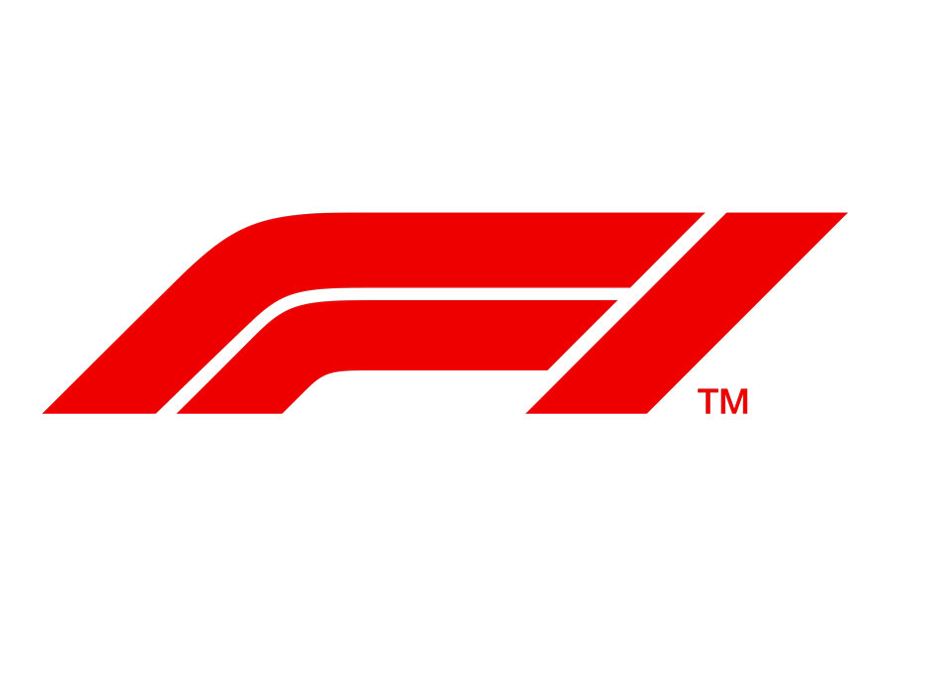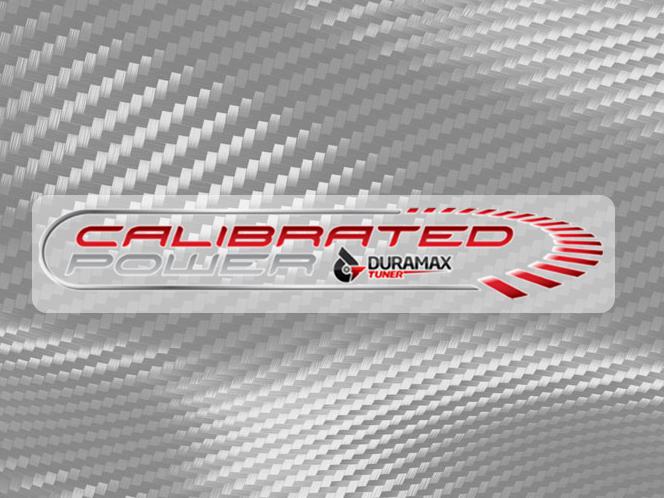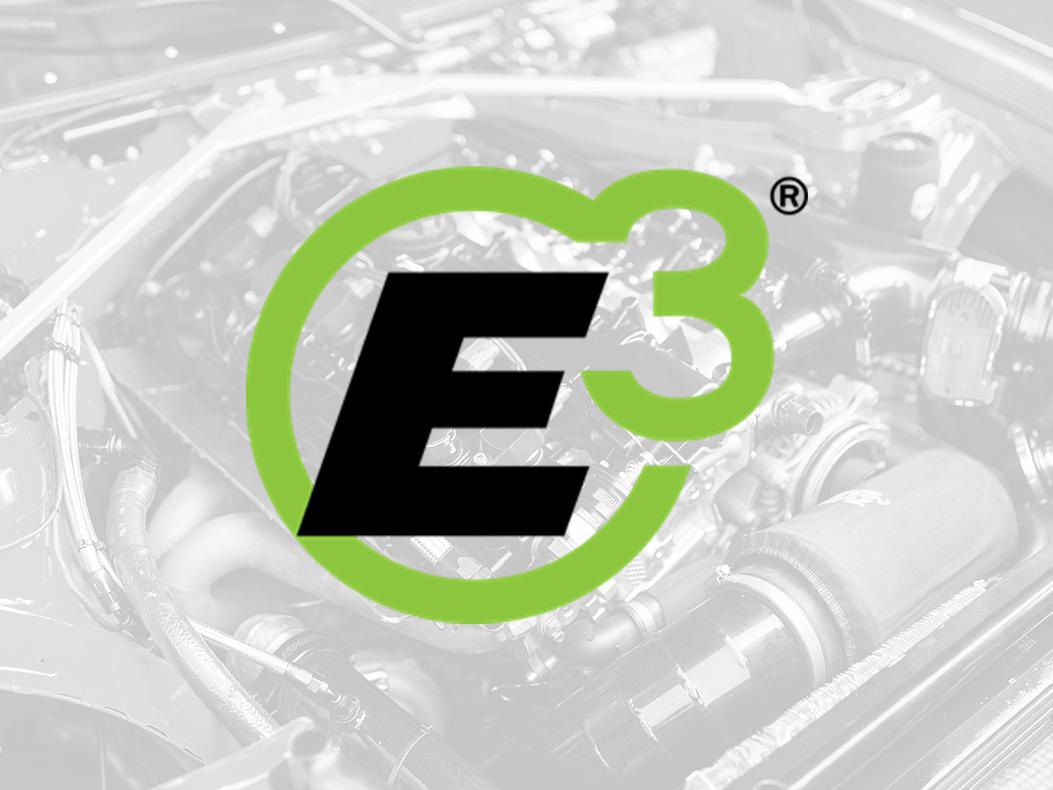Cracking Down on Counterfeits: Protecting Your Products in the Digital Marketplace

In the digital age, the internet has revolutionized global commerce, enabling businesses of all sizes to reach consumers across borders. However, this convenience does not come without a dark side: online counterfeiting. Counterfeiting, in general, refers to the act of producing and selling counterfeit products that imitate genuine brands. Online counterfeiting occurs when these fakes are sold through websites, social-media posts, livestreams and online marketplaces, often tricking buyers into thinking they're purchasing real parts from trusted sources.
Online counterfeiting is becoming increasingly sophisticated and widespread, and unlike traditional counterfeit markets, online platforms allow sellers to operate anonymously, making detection and enforcement much more challenging.
Even worse, counterfeit goods are widely available on e-commerce platforms such as Amazon, eBay, Shopify, and Alibaba, as well as on social media, and on rogue websites, creating a multi-billion-dollar black market that threatens consumers, legitimate businesses, and economies alike.
Unfortunately, numerous PRI and SEMA members have been impacted by online counterfeiting after finding evidence of fake products and fake websites that imitate the real ones.
PRI and SEMA have compiled the information below to help motorsports industry members learn more about how they can protect their trademarks and patents as well as how to report online counterfeiting of your brands and products.
To combat the issue of online counterfeiting, brand owners can turn to several practical and legal solutions, in particular:
1. Policing and AI-Powered Brand Monitoring
- Brand owners should monitor and police the use of their trademarks in the online space. There are automated software tools available (e.g. Red Points, BrandShield, SmartProtection, Zero Fox) to scan product images, text, behavior patterns and new listings across online and underground channels.
- Businesses can also maintain Google Alerts, social‑media monitoring and dark‑web surveillance to detect early infringement and take appropriate enforcement action.
2. Intellectual Property Enforcement
- Brand owners can register their trademarks, copyrights and patents in every major market (For registration of trademarks and patents in the United States, see uspto.gov/. For registration of copyrights, see copyright.gov/registration/). While trademark registration is not required in the United States to have enforceable trademark rights (though it is extremely helpful in enforcement efforts), in most countries around the world, registration is generally required to have enforceable trademark rights. International trademark registration systems like the Madrid Protocol (wipo.int/en/web/madrid-system) and global enforcement treaties for copyright infringement like the Berne Convention are available for brand owners to maintain and enforce rights in other countries, especially jurisdictions where counterfeiting is prevalent. If you are in need of legal expertise to help you with your trademark, copyright or patent registrations, a list of PRI and SEMA business services members is available in the PRI and SEMA business member portal.
- Brand and patent owners also have the ability to file complaints and seek exclusion orders from the International Trade Commission (usitc.gov/intellectual_property/about_section_337.htm). Upon receipt of a complaint, the ITC investigates and determines whether the importation of products into the United States infringes a U.S. patent, copyright or registered trademark in violation of Section 337 of the U.S. Tariff Act. If the ITC determines that an imported product stands in violation, it can issue exclusion orders preventing such products from entry into the United States.
- If infringement of copyrighted materials is detected in online marketplaces, the Digital Millennium Copyright Act (DMCA) provides copyright owners the ability to demand the takedown of infringing content from online platforms. For further information on filing DMCA takedown notices, see copyright.gov/512/.
- Owners of U.S. trademark registrations can record their trademarks with U.S. Customs and Border Protection (CBP) to prevent the importation of counterfeit goods into the United States (iprr.cbp.gov/s/). CBP has the authority to detain, seize, forfeit, and ultimately destroy merchandise seeking entry into the United States if it bears an infringing trademark or copyright and that trademark or copyright has been federally registered and subsequently recorded with CBP.
- Brand owners can also collaborate with law enforcement agencies such as the FBI and Interpol, both of which investigate criminal counterfeiting and piracy. To report instances of counterfeiting and piracy with the FBI or Interpol, see ic3.gov/ and interpol.int/en/Contacts/Contact-INTERPOL.
- Brand owners have rights. When infringements are detected, brand owners can send cease and desist letters to infringers to demand that the infringing activity be immediately stopped. This is certainly harder to enforce if the violator is located overseas. Brand owners can rely on legal frameworks such as: (1) the U.S. Lanham Act which enables brand owners to secure injunctions, damages, impoundment and forced destruction of counterfeit goods and attorney's fees in certain cases; (2) the Trademark Counterfeiting Act which makes it a federal crime to traffic in counterfeit goods or services imposing prison sentences of up to five years and fines up to $250,000 for individuals, and $1,000,000 for corporations; and (3) the PRO‑IP Act which enhances criminal penalties and statutory damages up to $1–2 million per violation.
3. Platform and Marketplace Enforcement
- Brand owners can demand the removal of counterfeit goods made available in online marketplaces through a notice and takedown procedure. E-commerce platforms often provide tools for reporting counterfeit listings and a process to have those listings removed. Takedown demands can be generated by the brand owner themselves or through third-party service providers that specialize in the takedown process. Brand owners should also consider paying for brand verification (the little blue checkmarks on your profile name) with social-media platforms as it will help eliminate false ad purchasing on these platforms.
- Take Down Demands for Major Online Marketplaces (click for more):
- Brand owners can join platform protection programs like Amazon Brand Registry, Project Zero, Transparency, Shopify's IP Protection, eBay's VeRO and Alibaba's IP Protection Platform. When brand owners are properly registered and accepted for such programs, platforms will proactively block counterfeit listings.
- In addition, platforms are starting to deploy AI machine learning to detect suspicious listings.
4. Deployment of Authentication Tech
- Brand owners can embed unique identifiers and authentication technologies like QR codes, NFC tags, holograms, serialization, hidden markers or digital watermarks on their packaging and products so that genuine product can easily be verified.
- Brand owners can use advanced methods to track product provenance such as blockchain or certified traceability systems.
5. Consumer Education
- In the fight against counterfeiters, knowledge is power. Brand owners should educate customers on how to identify authentic items: quality cues, packaging, serial numbers and purchasing genuine products from authorized sources. The clearest message to consumers is: if the price discounts advertised sound too good to be true, they probably are.
Fake Websites
While many online counterfeiters operate through social media and online e-commerce marketplaces, one of the most sinister tools in the counterfeiter's toolbox is the fake or clone website. These fraudulent websites are designed to mimic the websites of legitimate brand owners, and many times use the brand owner's logo, images, website "look and feel," and product descriptions to trick unsuspecting customers into buying substandard and even dangerous counterfeit products. Many times, consumers find themselves on these websites by clicking links in online advertisements for what they believe will take them to the brand owner's website. The link will instead direct the consumer to the counterfeiter's fake "lookalike" website, which mimics the legitimate website.
Red flags for spotting these fake websites include the use misspelled brand names (e.g., "nkie.com" instead of "nike.com"), the use of generic top level domains rarely used by companies (e.g., ".xyz" as opposed to ".com"), poor grammar or spelling errors, generic or incomplete pages (e.g., the About Us, Contact, or Privacy Policy pages are missing or copied from other sites) or the offering of steep discounts to lure buyers. Many of these websites are short-lived, often popping up, scamming victims and then disappearing before law enforcement can respond. Another flag is that many false websites require PayPal as the only form of payment.
When a fake website is detected or reported, there are several actions the brand owner can take to shut the website down:
- Cease and Desist Letters: Brand owners can start by sending a cease and desist letter to the website owner demanding that they take down the website and stop infringing trademark and copyright rights. Most counterfeiters often operate anonymously and take steps to hide their identities and whereabouts. It may be necessary to conduct a forensic investigation to obtain identifying information such as names, addresses or e-mail information to send such letters and even if letters are sent, there is a chance that the demand to cease and desist is ignored.
- Domain Takedowns: If a cease and desist letter is ineffective, brand owners can file a complaint with the website's domain registrar or hosting provider. The brand owner can locate the web hosting provider or domain name registrar by conducting a WHOis search in ICANN records (lookup.icann.org/en) or other domain name registrar websites (most if all have a WHOis search function). Filing such complaints may involve providing proof of intellectual property ownership (for example, federal trademark registration certificates) evidence of the infringing activities and demonstrating that the fake website violates the registrar's or hosting provider's terms of service. Major domain name registrars and hosting companies may suspend, disable or delete infringing domains once a valid complaint is verified.
- DMCA Takedowns: If a web host is located in the United States or otherwise subject to U.S. laws, brand owners can submit a take-down notice under the Digital Millennium Copyright Act to have websites containing stolen images and textual content taken down. Hosts and platforms are legally required to respond and take appropriate action or they risk liability as a contributory infringer.
- UDRP Domain Name Complaints – If the domain name being used by the counterfeiter contains the brand owner's trademark or confusingly similar wording, the brand owner can file a Uniform Dispute Resolution Policy (UDRP) complaint with an ICANN-approved dispute resolution service provider like the World Intellectual Property Organization (wipo.int/domains/en/filing/complaint) or the ADR Forum (adrforum.com/domain-dispute/udrp). The complaint is reviewed by a panel of arbitrators who have the power to order the infringing domain name to be cancelled or transferred to the brand owner.
- Notify Law Enforcement: Brand owners can lodge complaints with the National Intellectual Property Rights Coordination Center (IPR Center) managed by United States Immigration and Customs Enforcement's Homeland Security Investigations (iprcenter.gov/). Under its Operation in Our Sites initiative, the IPR Center is leading the U.S. government's response to intellectual property theft. The Operation In Our Sites program specifically targets websites and their operators that distribute counterfeit and pirated items over the Internet. The IPR Center works with the U.S. Department of Justice to prosecute, convict, and punish counterfeiters as well as seize website domain names, profits, and other property from IP thieves.
- Search Engine and Ad Network Complaints: Brand owners can submit infringement notices to the major search engines like Google and Bing to have fake websites de-indexed or blocked from ad networks. This dramatically reduces discovered traffic and monetization.
- Fake Website Complaint Submission for Major Search Engines:
- Legal Action in U.S. Courts: In more serious cases, brand owners can seek a court injunction to force internet service providers, registrars or search engines to block access to fake websites.
The battle with counterfeiters is not a one-time effort, but an ongoing battle. As long as there are producers of quality motorsports parts, there are going to be counterfeiters looking to freeload off that success. As counterfeiters grow more sophisticated, brands, law enforcement agencies and internet infrastructure providers must collaborate, leveraging both legal mechanisms and advanced technology. With coordinated action and public awareness, it is possible to significantly disrupt the counterfeit networks that operate in the dark corners of the digital landscape.
Image courtesy of Shutterstock
 MEMBERSHIP LOGIN
MEMBERSHIP LOGIN JOIN PRI
JOIN PRI


